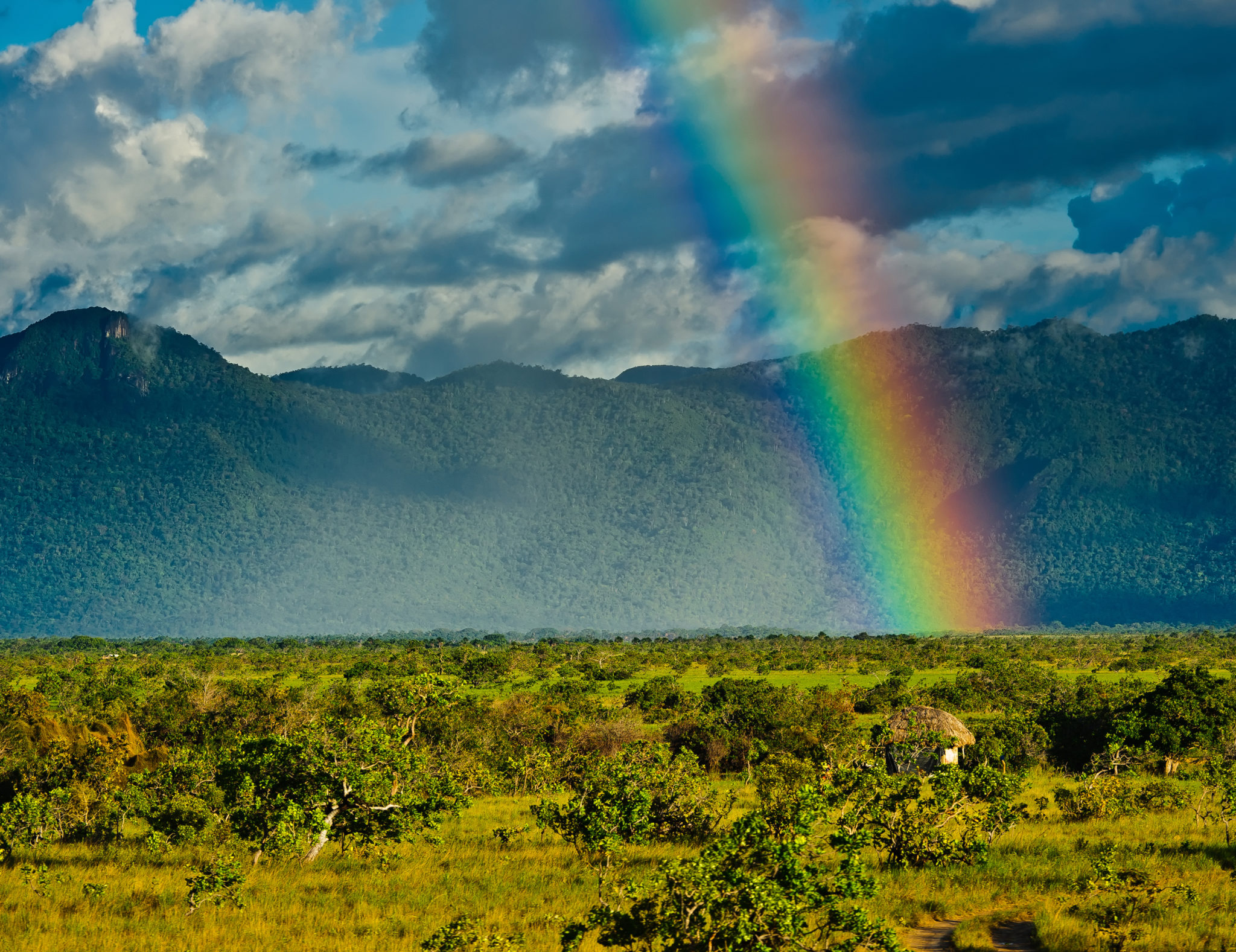Today, Guyana joins the globe in celebrating World Environment Day 2022. This year’s campaign “Only One Earth” calls for collective, transformative action on a global scale to celebrate, protect and restore the planet.
For many countries restoring the planet will prove to be challenging — but not in Guyana’s case.
In fact, since 2009 when the first phase of the Low Carbon Development Strategy (LCDS) was launched, Guyana has been a global model in sustainable management, forest and biodiversity conservation. With 13 years of knowledge and experience, Guyana has attained a greater understanding of the vital contribution the country’s ecosystems give to the health of the world, as well as its role as one of the world’s most important countries for biodiversity conservation. It is on this premise that the Government of Guyana relaunched the new and expanded LCDS 2030.
Guyana proudly boasts impressive environmental credentials. With over 18M hectares of forest, the country holds the title of the second highest percentage of forest cover on earth. The forests also store 18% of the world’s forest carbon, 20% of the world’s fresh water and a low deforestation rate that is 90% lower than other tropical countries.
On an occasion like World Environment Day, much of the conversations will be about abandoning fossil fuel production and achieving Net-Zero by 2050. Fortunately, Guyana has found a way to sustainably manage its oil and gas sector while also aligning it with climate goals at global and national levels.
At the international level, Guyana, since 2009, has supported a global price on carbon – whether through a global carbon market or a global carbon tax regime. The government has issued calls on the international community – working through the United Nations Framework Convention on Climate Change (UNFCCC) and other relevant international institutions – to accelerate work on both the methodology and implementation of this pricing regime.
Secondly, the LCDS 2030 backs call for the removal of subsidies for fossil fuel production. For context, a fossil fuel subsidy is a government action that lowers the cost of fossil fuel production. Just in 2019, 50 of the largest more developed economies of the world benefitted from US$178 billion in subsidies.
Against this, the new and expanded LCDS reads, “Guyana supports calls for the elimination of such fossil fuel subsidies, especially in OECD (Organisation for Economic Co-operation and Development) countries where subsidies are the most distorting. This will lead to the breakup of the current monopoly-like situation, and the stabilising of price levels.”
Meanwhile, at the national level, the government has been implementing a fee on the flaring of natural gas. Just last week, the Environmental Protection Agency (EPA) announced that it had amended the Liza One environmental permit, which now sees ExxonMobil affiliate Esso Exploration and Production Guyana Limited (EEGPL) paying an increased fee of US$50 per tonne of carbon dioxide emitted during flaring. Thus far, Guyana has managed to reap GY$1.7 billion in flaring fees.
In addition to the fee on flaring, Guyana has put measures in place to support the use of innovative technology in oil exploration and production. Last December, Vice President Dr. Bharrat Jagdeo shared that the government had granted ExxonMobil approval to conduct a study on carbon capture utilisation and storage (CCUS) technology. CCUS is the process of capturing carbon dioxide that would otherwise be released into the atmosphere from industrial activity and injecting it into deep geologic formations for safe, secure and permanent storage.
Further, LCDS also advocates for the use of renewable energy in oil production, and where technologically viable, the use of green hydrogen.
Without a doubt, this small South American nation has done more than its fair share in protecting the environment for decades. Even with such remarkable credentials, Guyana is set to continue on the path to maintaining environmental sustainability as well as advocating for global climate goals – particularly as it looks to develop its oil and gas industry.



